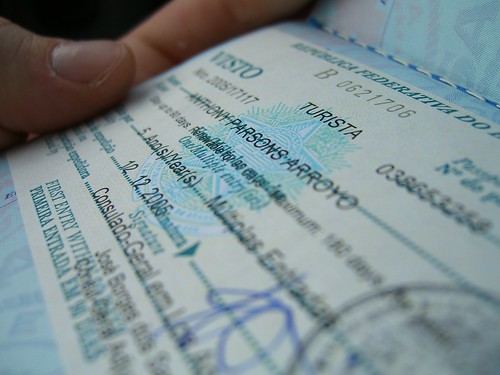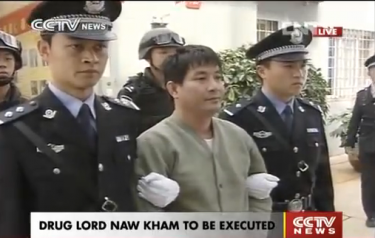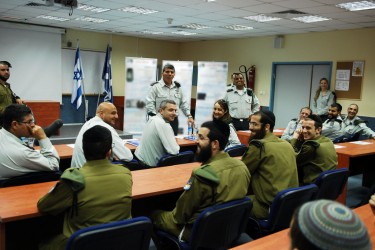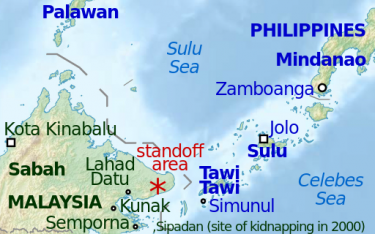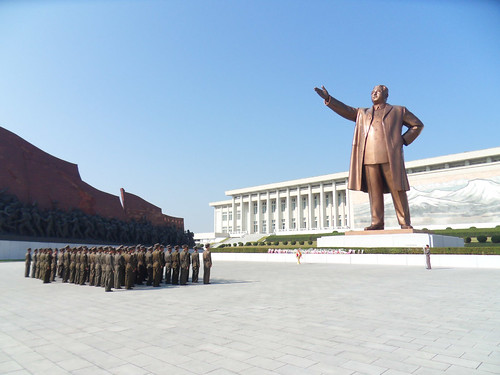
In its latest attempt to raise war fever on the peninsula, North Korea has asked foreign embassy personnel to consider evacuating. But the North’s overheated rhetoric is obscuring a real threat posed by its nuclear and missile potential. Its nuclear test on February 12 showed it is on the way to perfecting a compact weapon capable of being mounted on a missile. It now says it will restart its nuclear reactor at Yongbyon to generate plutonium, and will continue enriching uranium for weapons. And it may be moving to test-launch a new missile capable of reaching Japan or possibly Guam.
The nuclear test set off renewed talk in Seoul and Tokyo about nuclear arming of their own, prompting Washington to try to reassure its allies through deterrence. Yet, doing so has done little to make Korea or the region more secure.

